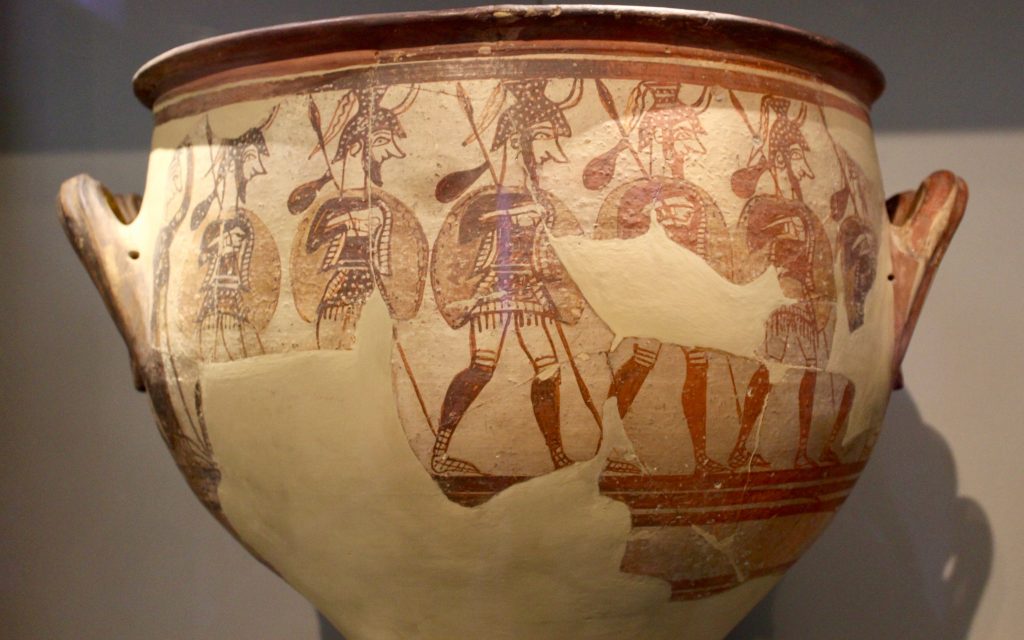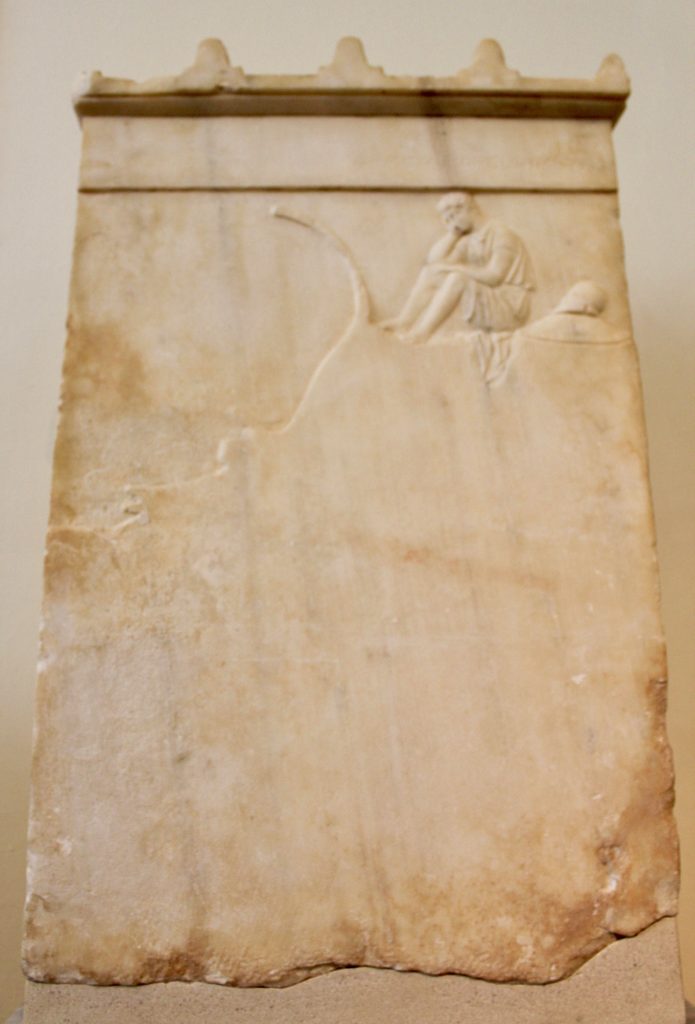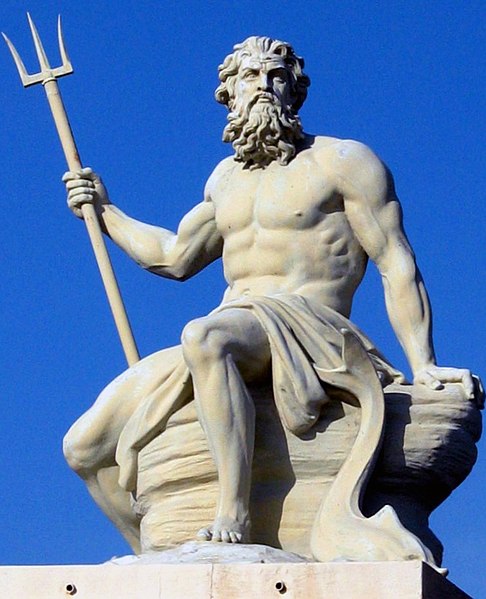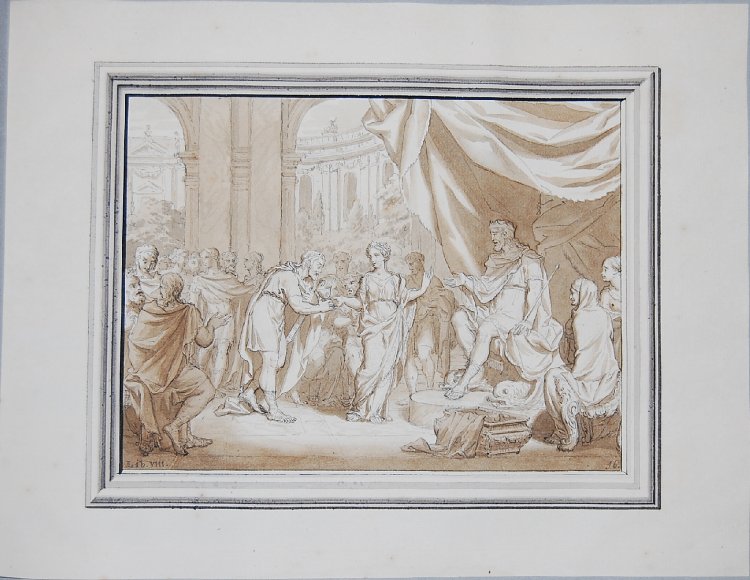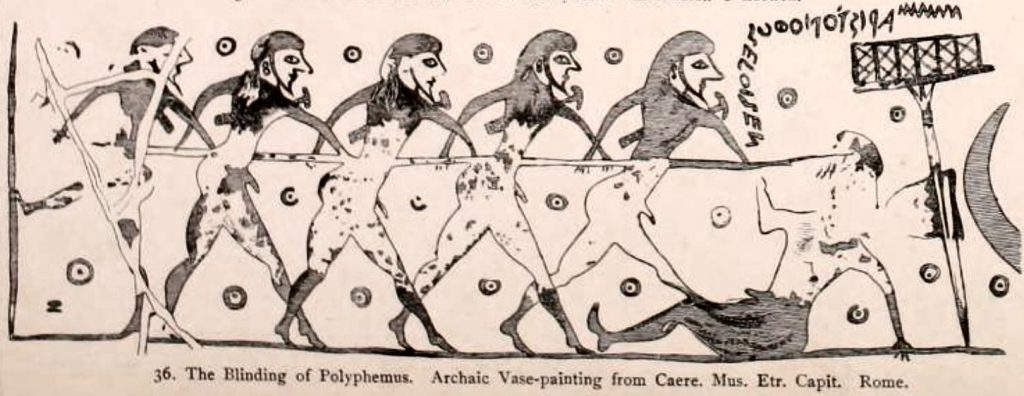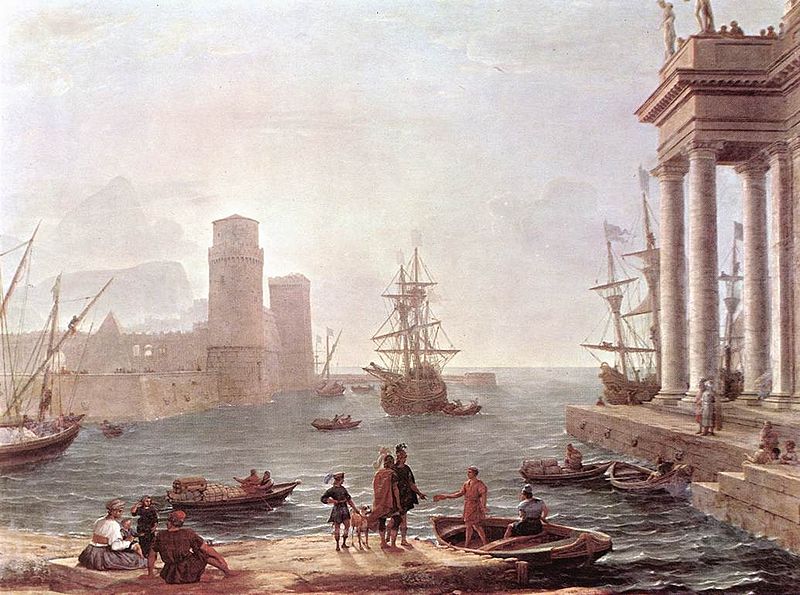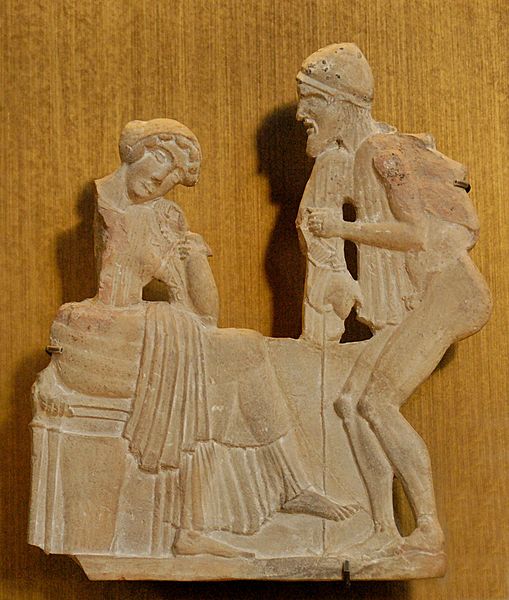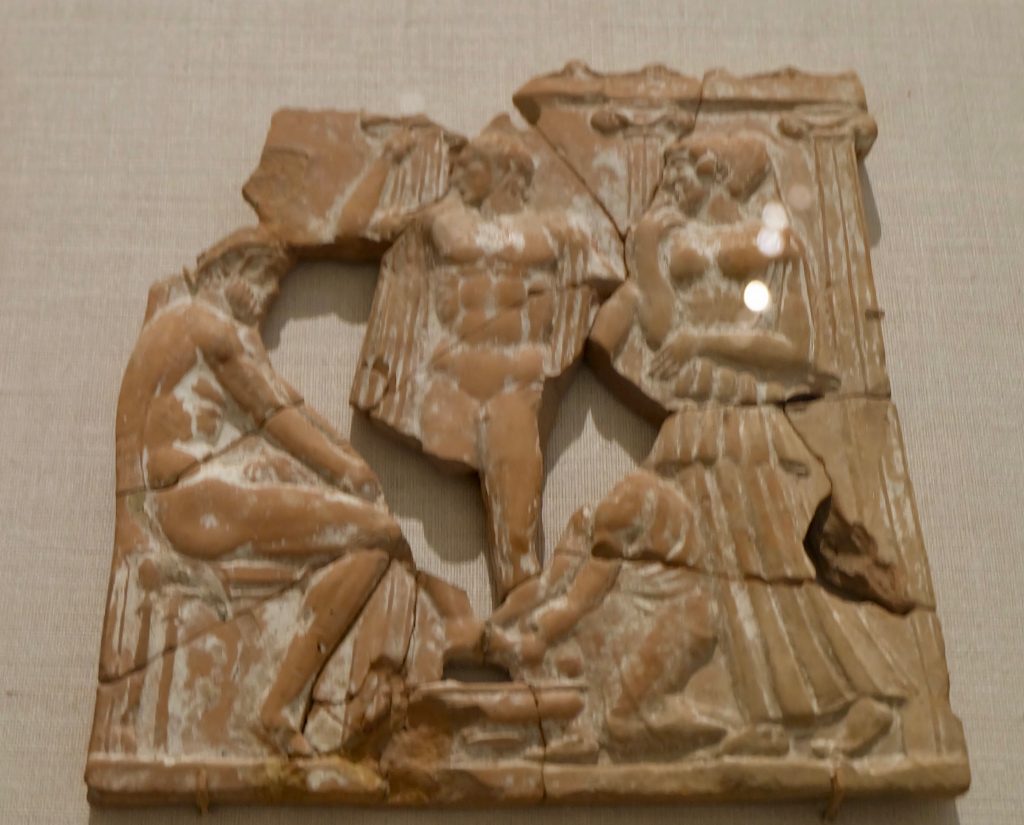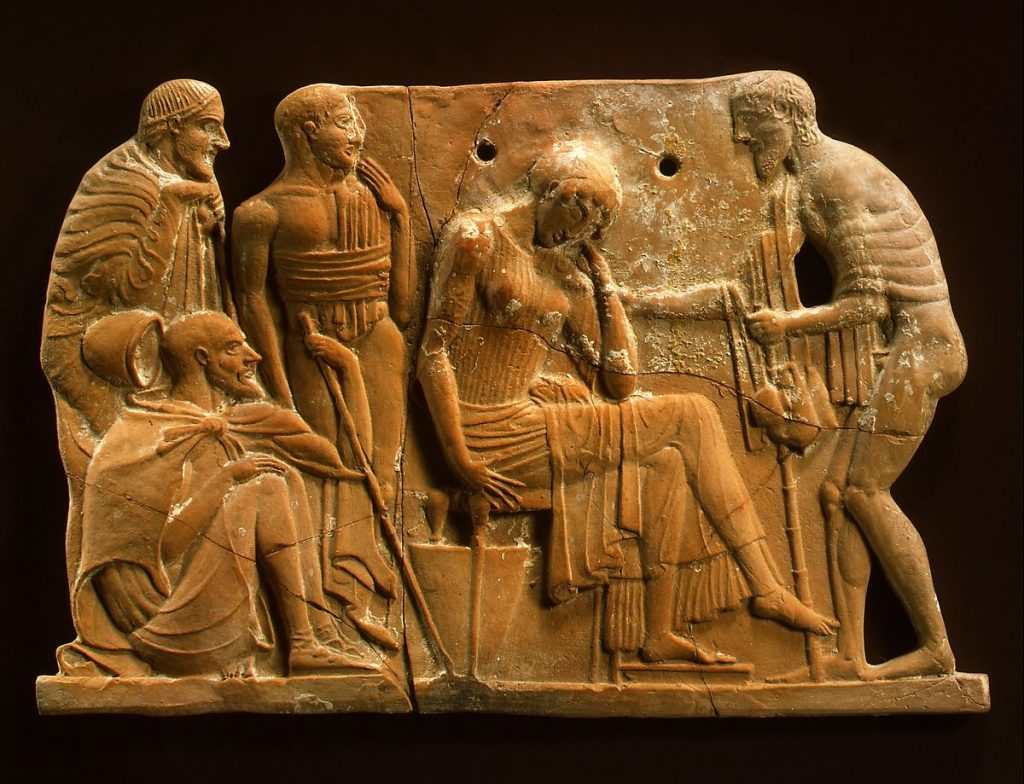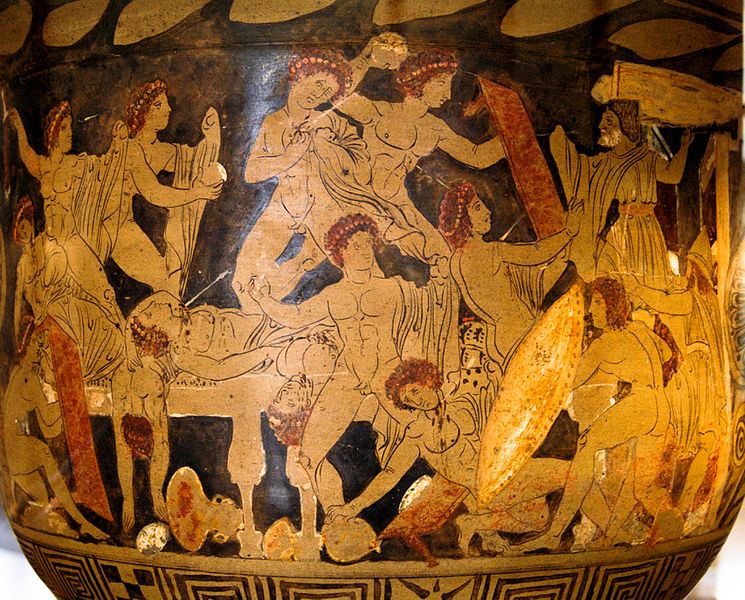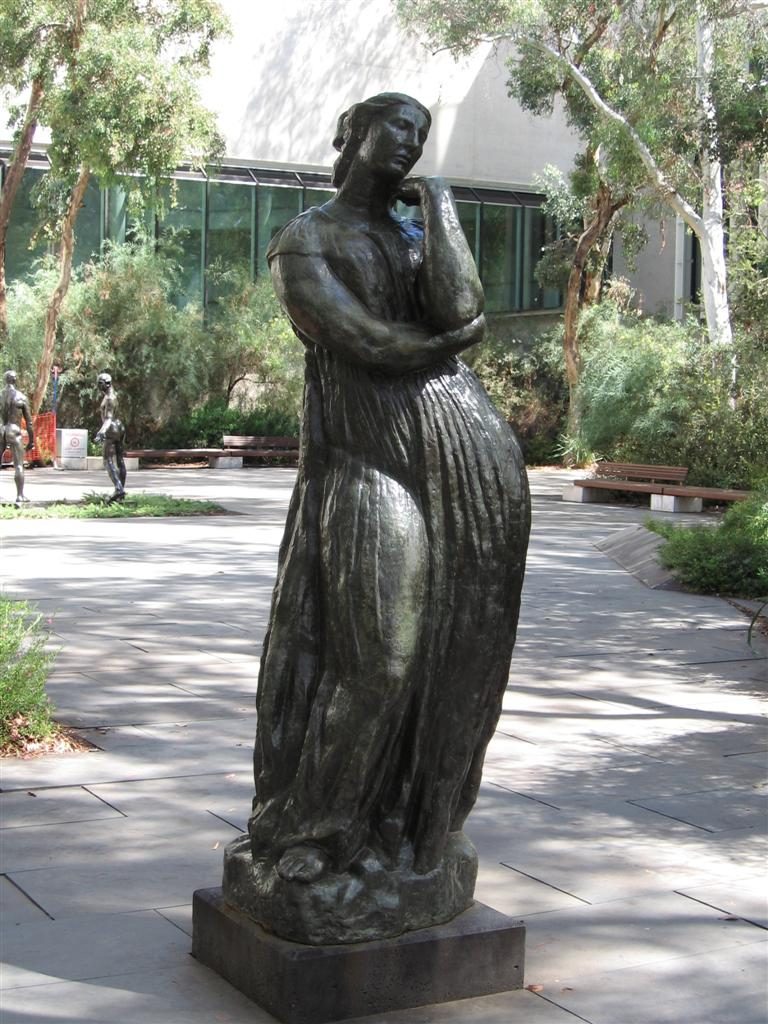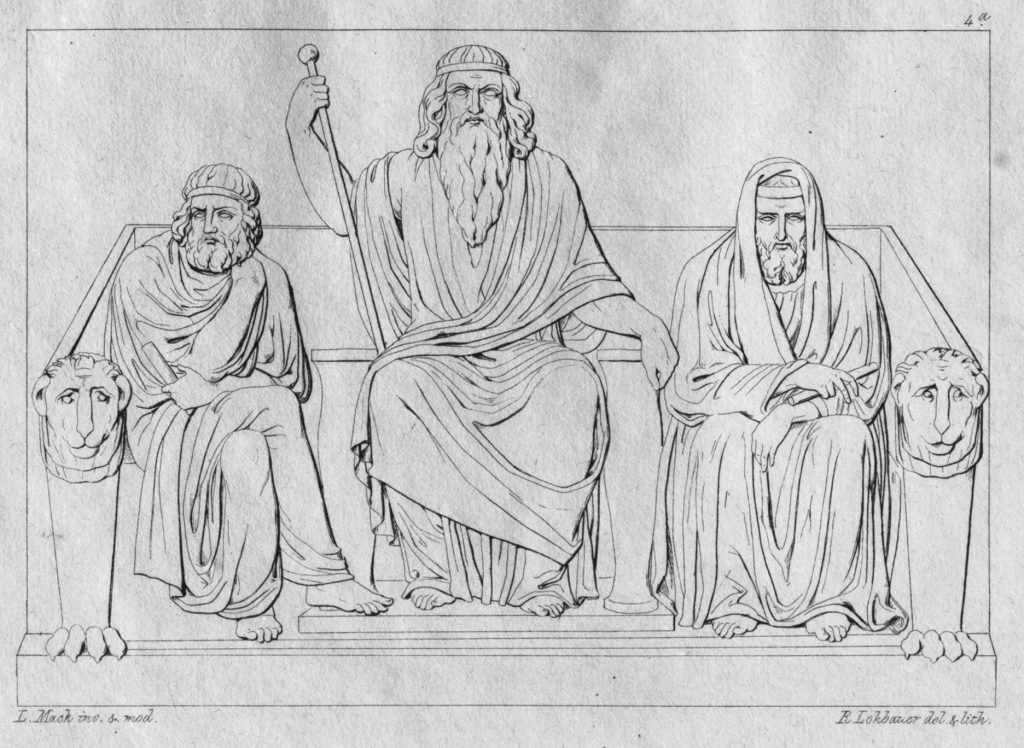The Ancient Greek Hero in 24 Hours[1] is based on a course that Professor Gregory Nagy has been teaching at Harvard University since the late 1970s.
The book discusses selected readings of texts, all translated from the original Greek into English. The texts include the Homeric Iliad and Odyssey; selected Homeric Hymns; the Hesiodic Theogony and Works and Days; selected songs of Sappho and Pindar; selections from the Histories of Herodotus; the Agamemnon, Libation Bearers, and Eumenides of Aeschylus; the Oedipus Tyrannus and Oedipus at Colonus of Sophocles; the Hippolytus and Bacchae of Euripides; and the Apology and Phaedo of Plato. Also included are selections from Pausanias and Philostratus. It is divided into 24 chapters, 24 Hours, each exploring one or several topics.
This series of galleries attempts to illustrate each Hour with visual art. We will have 6 galleries corresponding to 4 hours each. This third gallery covers Hours 9–12.
For Gallery 1 see here, and for Gallery 2 see here.
Image credits
Poseidon holding a trident. Corinthian plaque, 550-525 BCE, from Penteskouphia. Louvre.
Photo: Jastrow, public domain, via Wikimedia Commons
Mycenaean Warriors, Large Kratēr depicting men in full armor, c 12th century BCE, Mycenae Museum
Photo: Kosmos Society
Grave stele, Pentelic marble, found at the Piraeus. Seated on a rock, Demokleides son of Demetrios, a hoplite turns sorrowfully towards the prow of a trireme and the sea, where he lost his life at sea. Early 4th century BCE, National Archaeological Museum, Athens
Photo: Kosmos Society
Poseidon: sculpture in Copenhagen Port
Photo: Hans Andersen. Creative Commons CC BY-SA 3.0, via Wikimedia Commons
Poseidon Image by AZRainman.com
Photo: Mark Rain. Creative Commons CC BY 2.0, via Flickr
Lucien Simon, Nausicaa, c 1915, Petit Palais, Paris
Photo: Kosmos Society
Tako Hajo Jelgersma (1717–1795), Dutch: Ulysses before Alcinous.
Creative Commons Attribution-NonCommercial-ShareAlike 4.0 International (CC BY-NC-SA 4.0) license © The Trustees of the British Museum
The Aristonothos kratēr from Caere: the blinding.
from “Odyssey Plate VI.” Engelmann, R; Anderson, W.C.F. 1892. Pictorial Atlas to Homer’s Iliad and Odyssey, London, H. Grevel & Co. via archive.org
Claude Lorrain, Departure of Ulysses from the Land of Phaeacians, Louvre Museum,
Public Domain> via Wikimedia Commons
Dora Wheeler: Penelope Unraveling Her Work at Night, 1886, Metropolitan Museum of Art
Creative Commons CC0 1.0 public domain, via Wikimedia Commons
Odysseus, in the guise of a beggar, tries to be recognized by Penelope. Terracotta relief, c 450 BCE, Milo. Louvre Museum.
Photo: Jastrow. Public domain, via Wikimedia Commons
Terracotta Plaque showing Eurykleia washing Odysseus’s feet, c 450 BCE, Metropolitan Museum of Art, New York
Photo: Kosmos Society
Odysseus returning to Penelope: Terracotta plaque, c 460–450 BCE, Melian. Metropolitan Museum of Art
Public domain, via Metropolitan Museum of Art
Ixion Painter: Mnêstêrophonía: slaughter of the suitors by Odysseus, Telemachus and Eumeus (right). Side A from a Campanian (Capouan?) red-figure bell-krater, c 330 BCE, Louvre.
Photo: Bibi Saint-Pol, public domain, via Wikimedia Commons
Ulysses embracing Laertes, Sarcophagus fragment, mid 2nd century CE, Museo Barracco,
Creative Commons CC BY-NC-ND 2.0, via flickriver
Emile-Antoine Bourdelle (1861–1929): Penelope, 1912.
Photo: Bertie Mabootoo, Creative Commons CC BY 2.0, via Wikimedia Commons
Ludwig Mack: The Underworld, showing Aiakos with the judges
Public domain via Wikimedia Commons
Note: Images have been selected from pictures that are freely available with open source or Creative Commons licenses, or (attributed to “Kosmos Society”) from photographs sent in by community members for the purpose, used with permission. The images in this post are intended to suggest the subject, rather than illustrate exactly—as such, they may be from other periods, subjects, or cultures. Attributions are based where possible by those shown by museums, or on Wikimedia Commons or Flickr, at the time of publication on this website.
Images accessed May 2019.
[1] Nagy, Gregory. 2013. The Ancient Greek Hero in 24 Hours. Harvard University Press, Cambridge, MA: 2013. Available online at CHS.
https://nrs.harvard.edu/urn-3:hul.ebook:CHS_NagyG.The_Ancient_Greek_Hero_in_24_Hours.2013
_____
Hélène Emeriaud, Janet Ozsolak, and Sarah Scott are members of the Kosmos Society.

